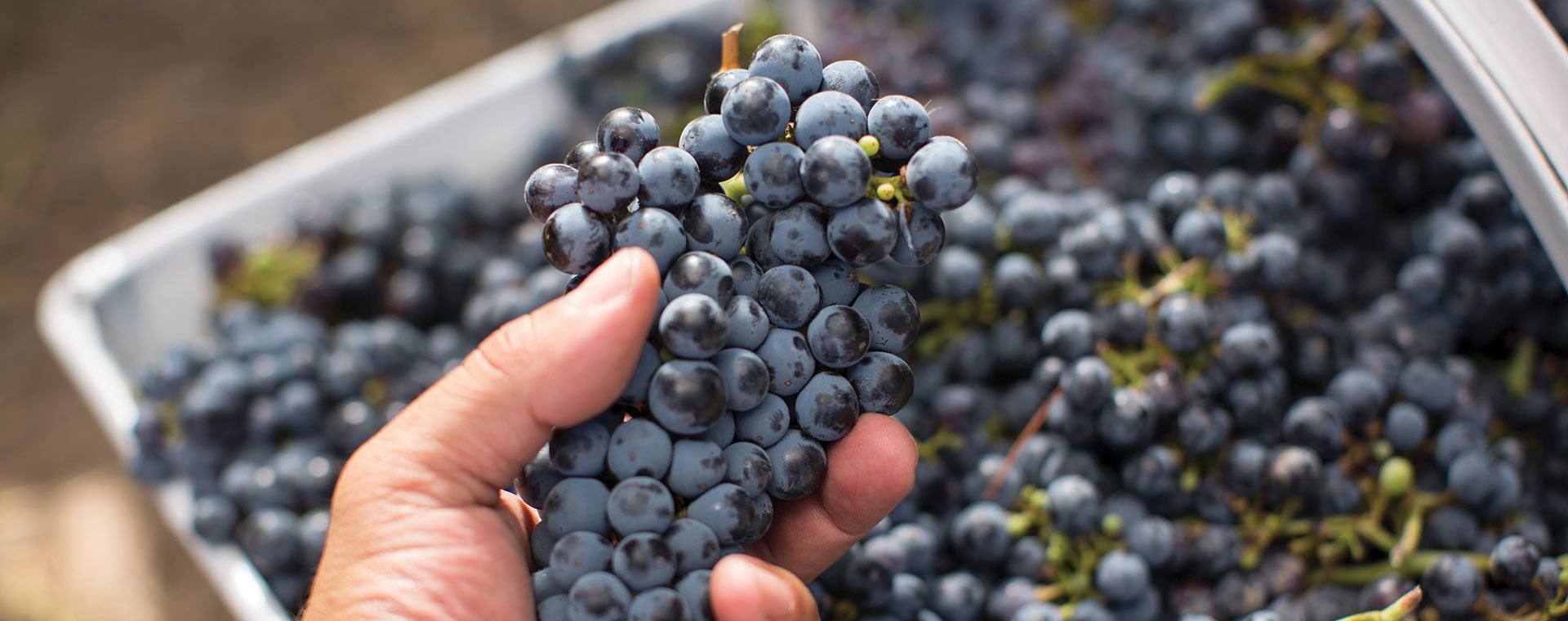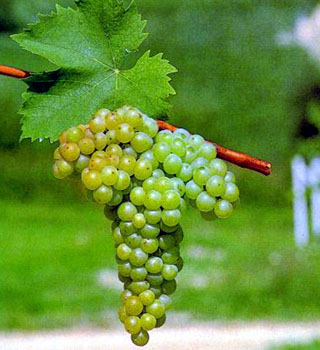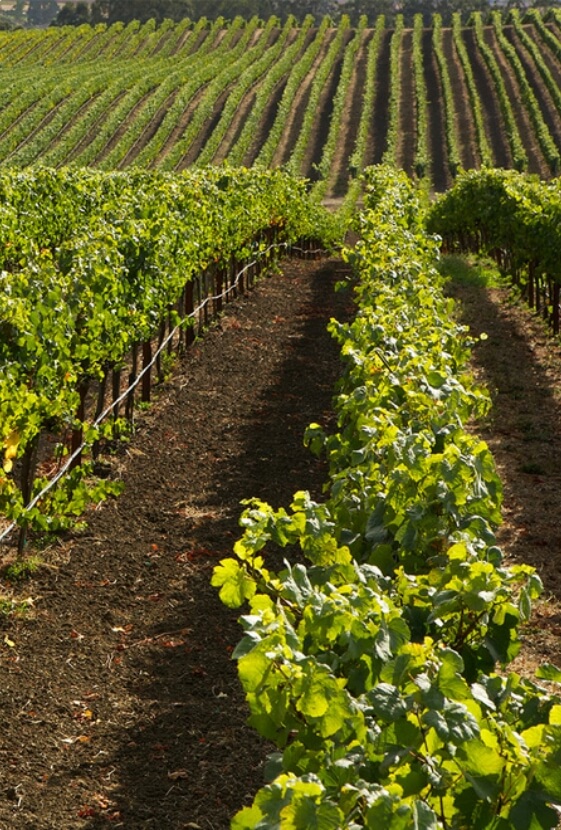
Grape Glossary
Moscato has a distinctive aroma and is occasionally blended with other varieties such as Clairette and Grenache Blanc. It is very versatile and can be vinified in many ways: dry, semisweet or sweet; still, semisparkling or sparkling; as a late-harvest wine; as a passito, in which the grapes are dried to semiraisins before fermenting; as a botrytized wine, in which overripe grapes are affected by the fungus also responsible for Sauternes; or as a fortified wine, or vin doux naturel, in which the fermentation is arrested mid-way by adding clear grape brandy.
Moscato Bianco is known in Italy for its role in Piedmont’s sparkling Asti and Moscato d’Asti; an effervescent, sweet, grapey and lightly musky style. Other popular expressions include France’s Muscat de Beaumes de Venise and Banyuls.
The vine generally buds early and ripens late, requiring a warm climate and long growing season. It adapts well to various soil types – notably chalky limestone, sandy loam and clay. Moderately vigorous, Moscato is not a prolific vine and overcropping reduces flavor and aroma. Susceptible to rot and mildew, it dislikes humidity. Contrary to what its name suggests, Moscato Bianco can have berries ranging in color from gold-green to black, and some variants produce different colored berries from one year to the next. The fruit is high in potential alcohol, moderate to low in acidity and highly perfumed.
The Muscat Blanc à Petits Grains (white muscat with small berries) is the oldest of all known vines. The Muscat family numbers over 200 subvarieties that fall into three broad groups: the Muscat Blanc à Petits Grains; the Muscat of Alexandria, thought to be Egyptian in origin; and the Muscat Ottonel, a hybrid bred in the Loire Valley in 1852. The Muscat Blanc à Petits Grains, or Moscato Bianco, outdistances the other two in quality and all three are entirely unrelated to Muscadelle or Muscadet.

